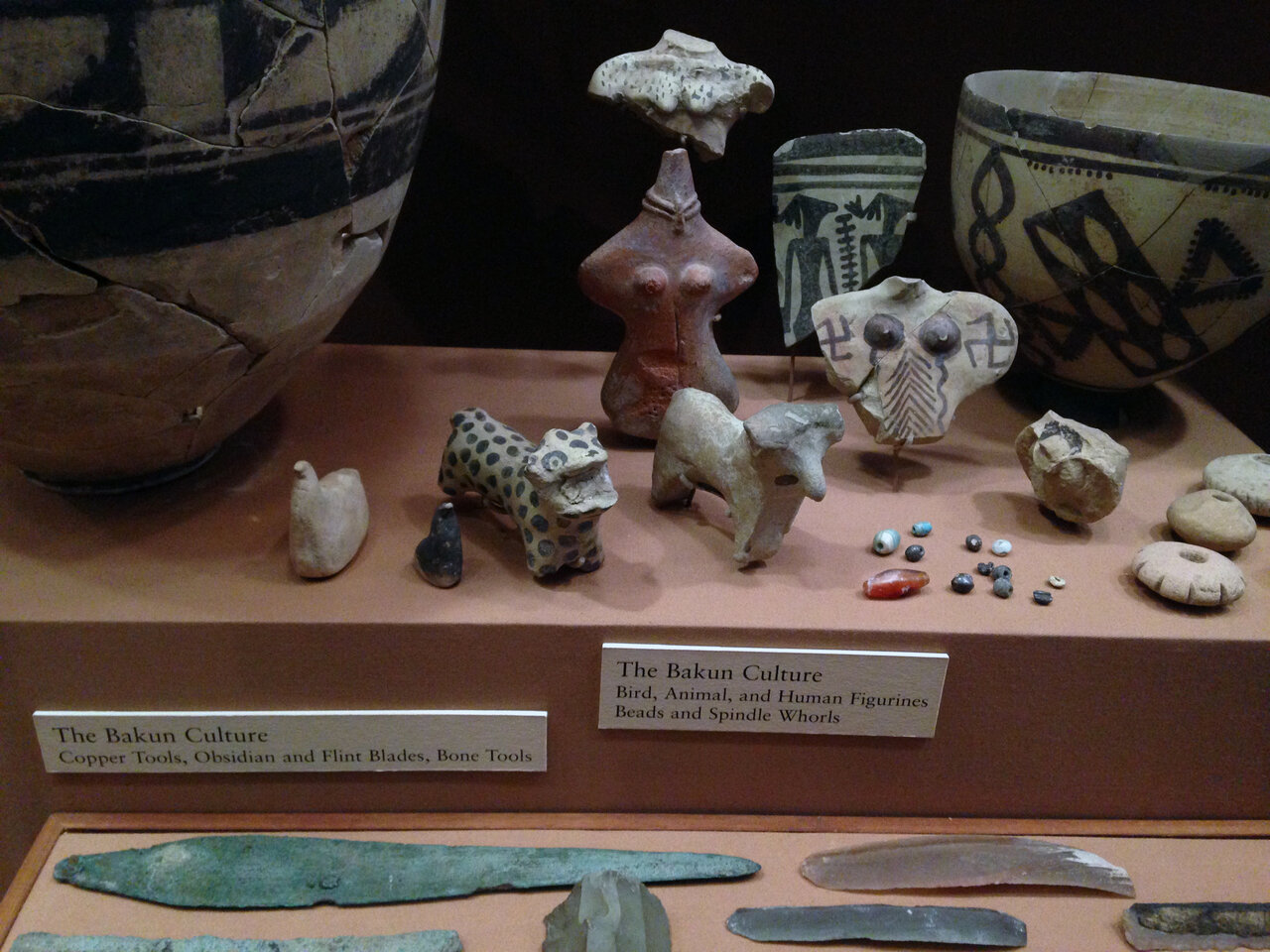Step back in time: discover rich history of Tall-e Bakun

TEHRAN – Situated in Iran’s southern Fars province, Tall-e Bakun was continuously inhabited from c. 4200 to c. 3,000 BC. The site is one of the oldest yet discovered human settlements in Fars.
The site has undergone archaeological excavations over the years, revealing fascinating insights into the lifestyle, culture, and daily life of the people who once lived there.
In addition, the excavations have revealed evidence of a complex society that existed in the area during the Bronze Age. Experts say that those discoveries provide valuable insights into the daily life, culture, and society of the people who lived there thousands of years ago.
The site contains the remains of several large buildings, including what is believed to be a palace or temple complex. The buildings are constructed of stone and mud-brick, which were common building materials during that time.
The most striking discovery at Tall-e Bakun is a series of large stone sculptures that depict figures wearing elaborate headdresses, jewelry, and clothing. These sculptures are believed to represent the rulers and elite members of the society that lived in the area during this time. The sculptures have been dated to around 2200 BC, making them some of the oldest examples of such art in Iran.
One of the most interesting aspects of the Tall-e Bakun site is its location. The site is situated in proximity to Persepolis, the ancient capital of the Achaemenid Persian Empire. This suggests that the people who lived at Tall-e Bakun may have had some sort of political, economic, or cultural ties to the Persian Empire.
In the early 20th century, excavations conducted by the University of Berlin and the University of Chicago uncovered several building levels, numerous flint implements, stamp and button seals, and many animal and human figurines, as mentioned by Britannica.
For example, an excavated painted pottery displays a seemingly inexhaustible variety of geometric patterns and animal motifs and is especially important for the study of early Iranian art.
Bakun has played a significant role in the understanding of the prehistory of the Fars region, partly because it was the first large-scale excavation of a prehistoric mound there, and primarily for the richness of its finds, according to the Oriental Institute of the University of Chicago.
The site, however, has been distinguished as Bakun A and Bakun B. Tall-e Bakun B (ca. 5000-4200 BC) was first excavated by Alexander Langsdorff and Donald McCown in 1932, and later in 1937 by Eric Schmidt and McCown on behalf of the Oriental Institute of the University of Chicago.
Tall-e Bakun is a testament to the rich history and cultural heritage of the nation and it is a must-visit destination for anyone interested in history and archaeology.
The ancient region of Fars, also spelled Pars or Persis, was the heart of the Achaemenian Empire (550–330 BC), which was founded by Cyrus the Great and had its capital in Pasargadae. Darius I the Great moved the capital to nearby Persepolis in the late 6th or early 5th century BC.
AFM
Leave a Comment